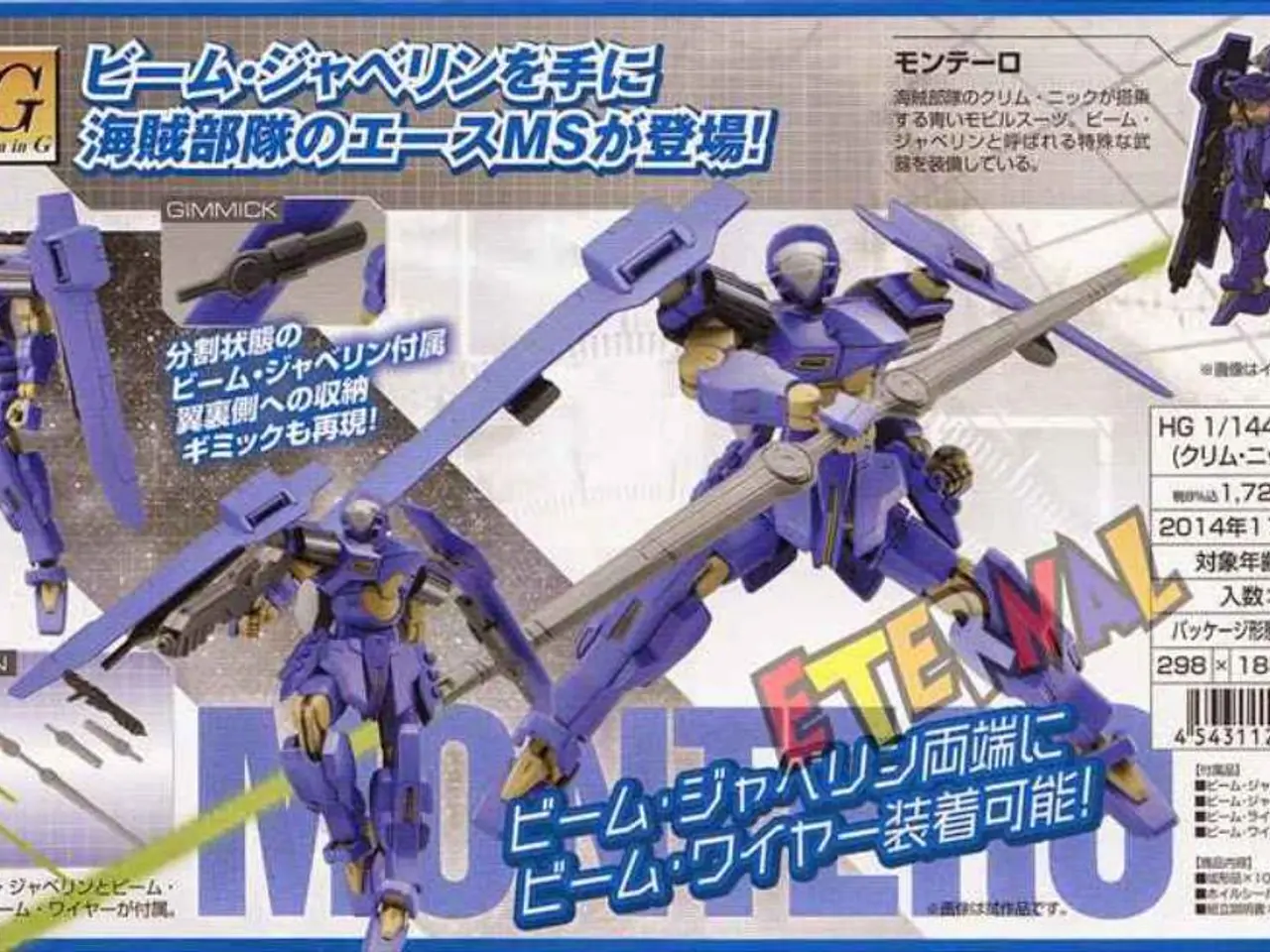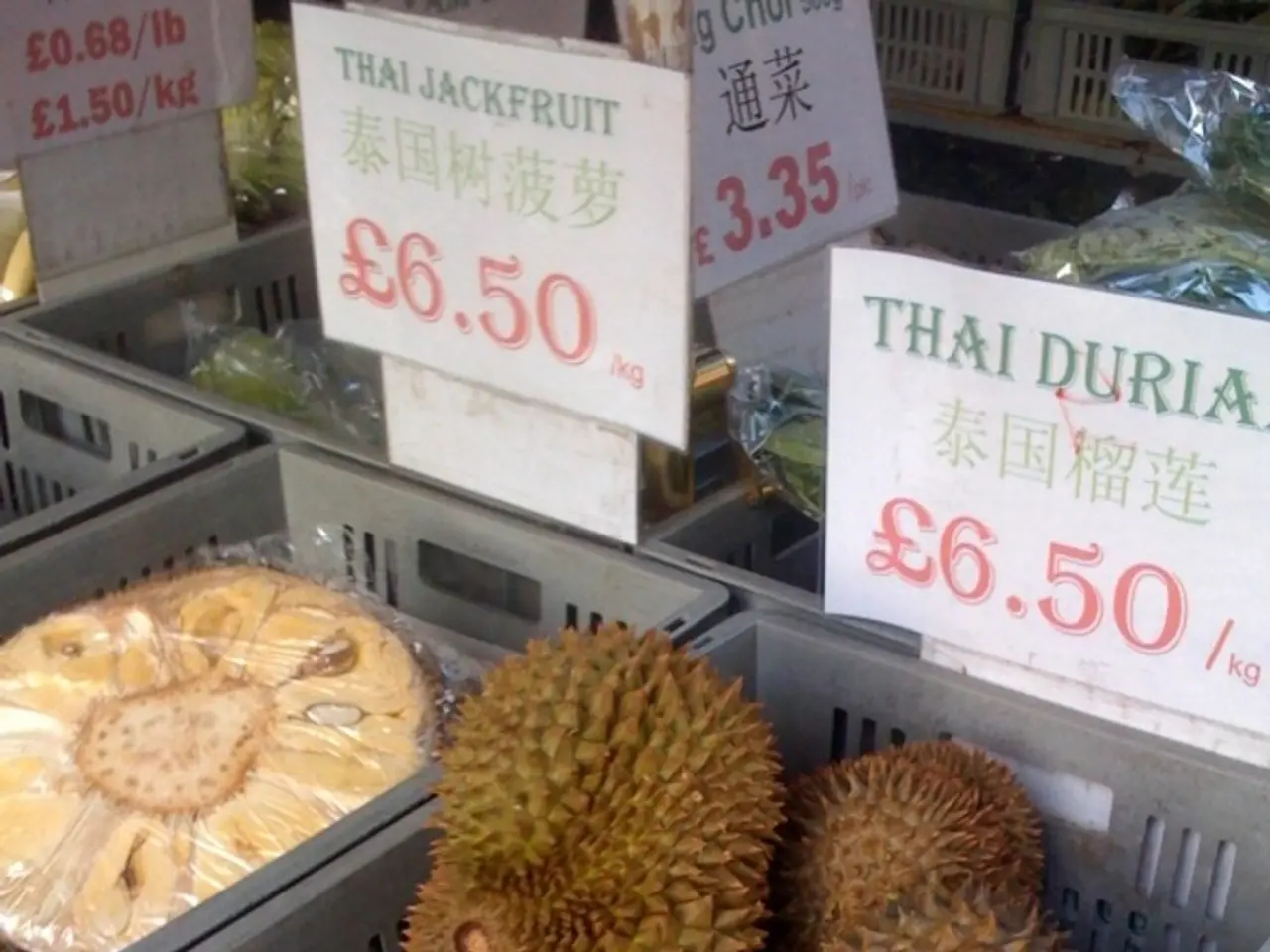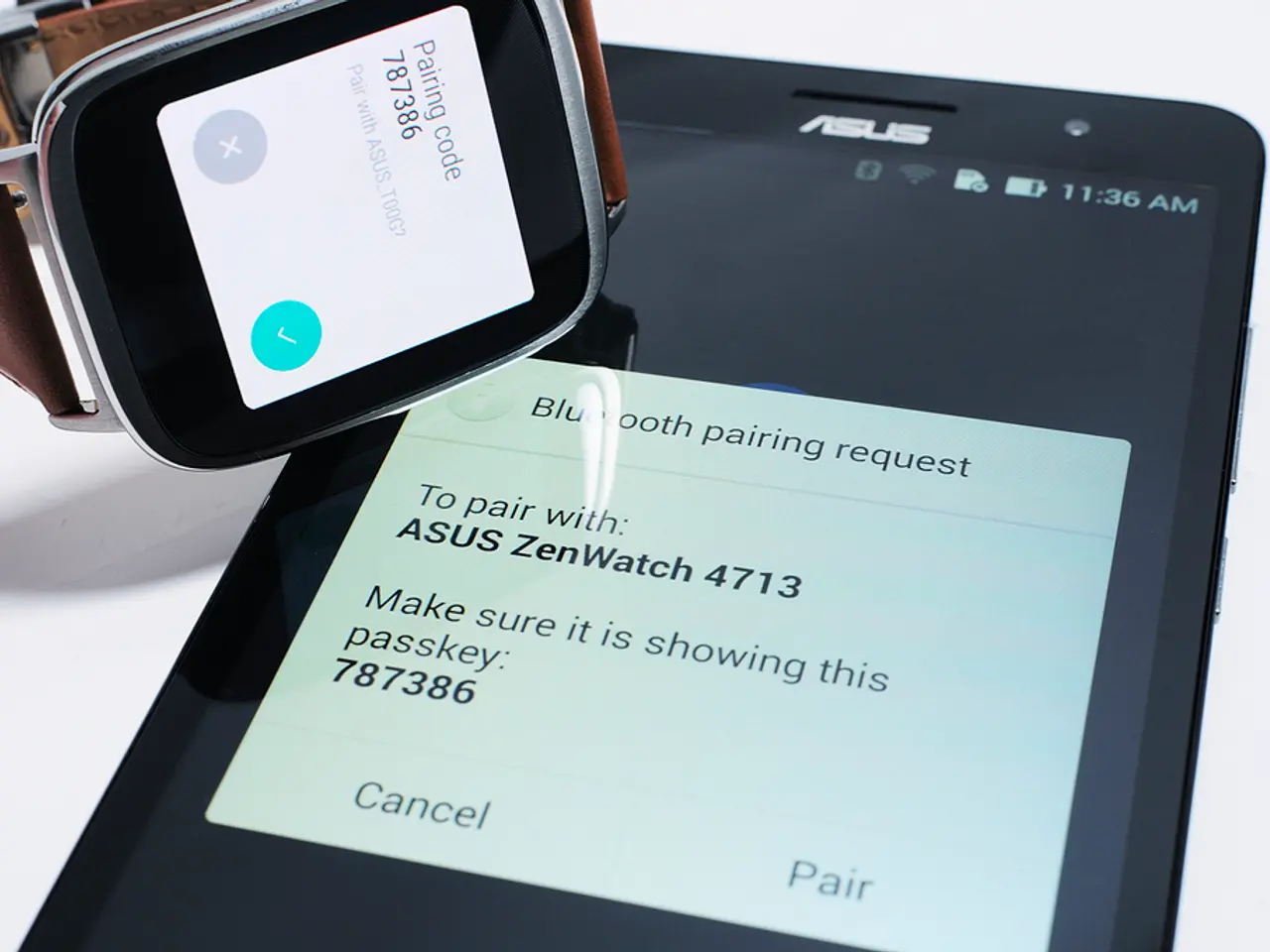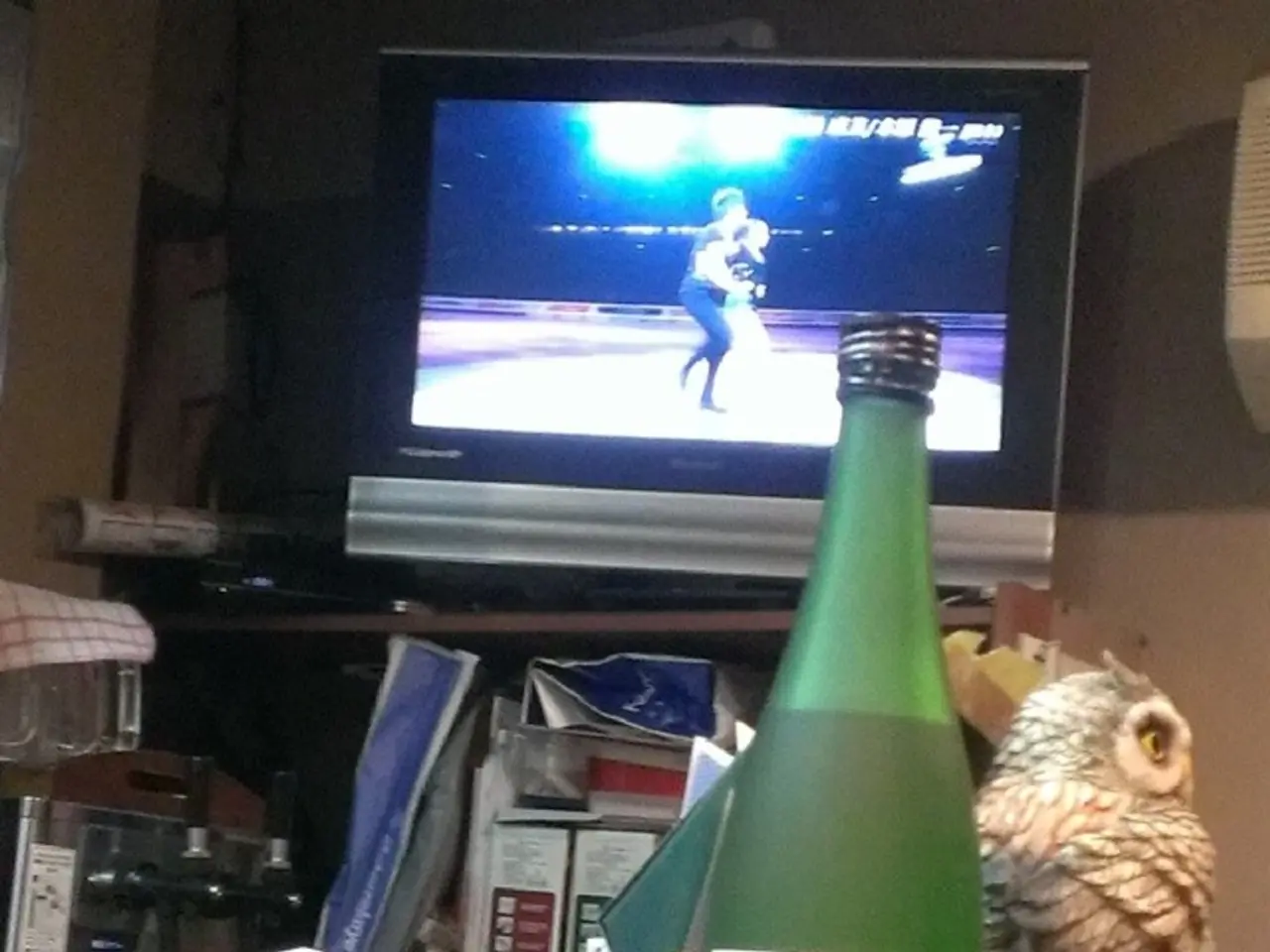Insights into the Functioning of Digital Art Exchange Platform Zora
In the ever-evolving world of digital art and collectibles, Zora stands out as a beacon for creators seeking a fair and transparent platform to showcase and monetize their work. Built on the Ethereum blockchain, Zora is more than just an NFT marketplace – it's an open-source media registry protocol that allows users to mint, sell, and display NFTs directly on the blockchain.
Zora's mission is to provide artists with a platform that empowers them through ownership, royalties, and community-building within a decentralized, open-source framework. This approach addresses the exploitative practices common in traditional creative industries by guaranteeing artists transparent and on-chain royalties for their work.
The Creator Toolkit on Zora offers two main choices: Drops and Editions. Drops are collections in which each NFT can have differing artworks and metadata, providing creators with the flexibility to showcase their unique vision. Editions, on the other hand, are collections of identical NFTs at a fixed price, with the option to limit the number of editions available.
Zora's unique features extend beyond just the trading of NFTs. The platform supports permissionless creation and trading of Creator Coins – on-chain tokens minted for individual posts – enabling creators to monetize and build communities around their content. This integration with social platforms like Farcaster and Coinbase’s Base App has significantly boosted user activity and engagement.
Key benefits of using Zora include:
- Guaranteed on-chain royalties for artists, ensuring continuous income from secondary sales.
- An open-source platform promoting transparency and community governance.
- Tools to help creators build communities and directly benefit from their content's popularity.
- A social media-like engagement model where creators are rewarded proportionally to their work’s success.
- Integration with Layer-2 networks (e.g., Base on Optimism) reducing fees and speeding transactions.
Zora's design also allows continuous innovation through its DAO, which can deploy new market types and updates, fostering a dynamic ecosystem tailored to creators' evolving needs.
Buying an NFT on Zora can be done through three methods: reserve auction, "Buy Now" price, and direct offer. In a reserve auction, bids must be 5% higher than the previous bid, and bidders cannot remove their bid if they meet the reserve. For an NFT tagged "Buy Now", buyers can purchase immediately by clicking "Buy NFT".
While users are subject to Ethereum's NFT gas fees, Zora v3 offers a "Finders Fee" which allows users to create links to artwork that give a reward to those who "find" buyers for NFTs.
In summary, Zora is a game-changer in the NFT space, shifting the traditional narrative by centering creator ownership, fair compensation, and community growth. Unlike many Web2 platforms that focus on engagement without creator payout, Zora provides a paradigm shift that puts creators at the forefront.
References: 1. Everything you need to know about NFT art marketplace Zora 2. Zora Coin Hype 3. Presales: Zora Crypto Up Nearly 900 This Month – Is It Still the Most Undervalued Crypto on Base Chain?
Ethereum's technology serves as the foundation for Zora, a groundbreaking digital art and collectibles platform that empowers creators with transparent and fair royalty systems. Zora's open-source Creator Toolkit, which includes Drops and Editions, is built on the Ethereum blockchain, allowing creators to monetize their work in innovative ways.




